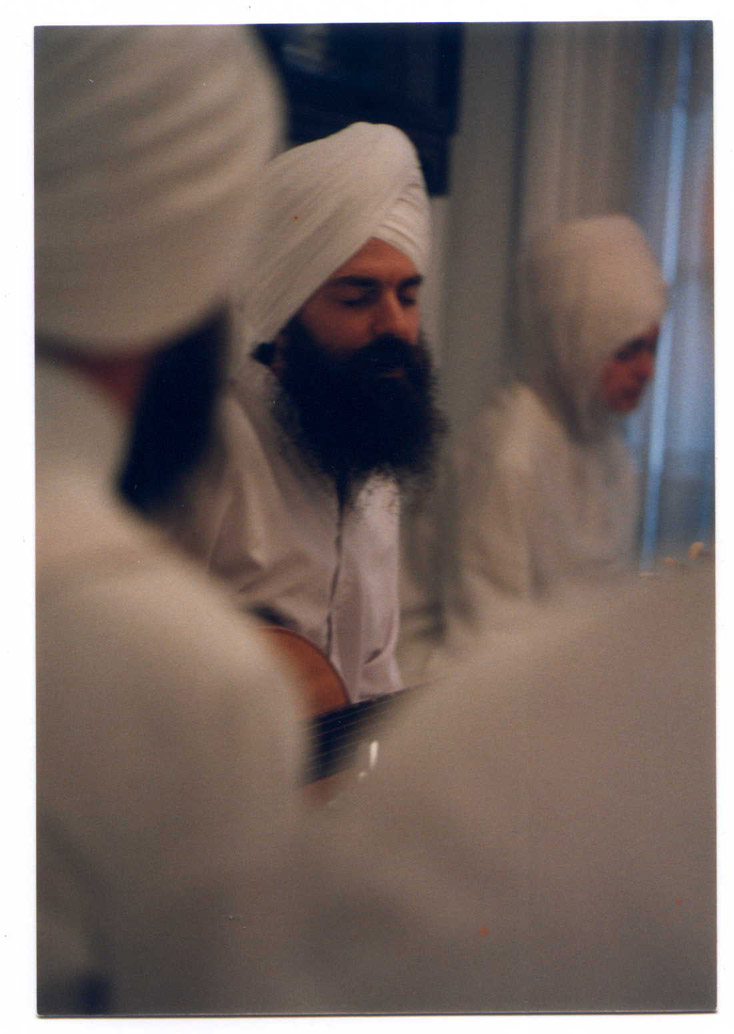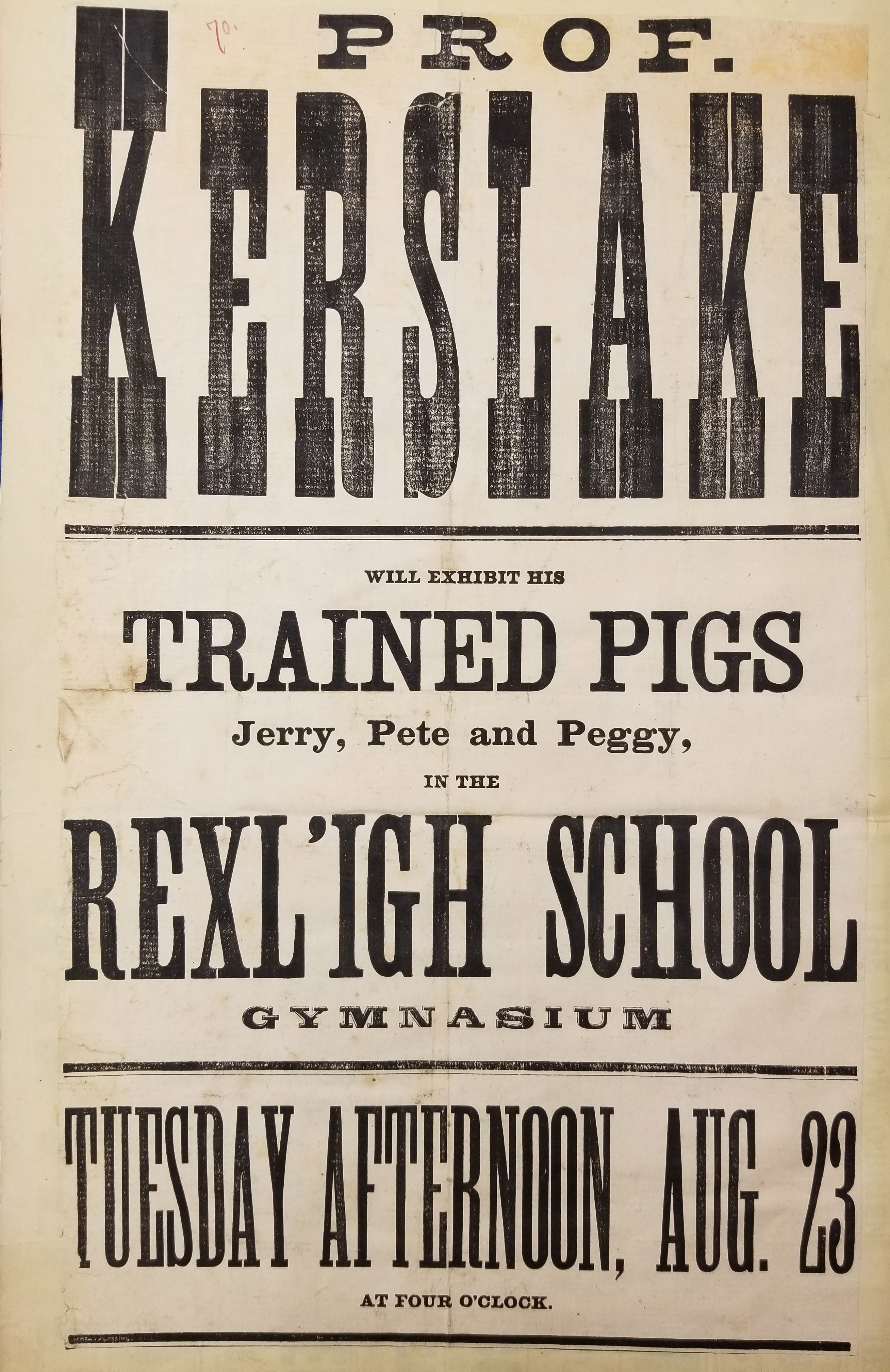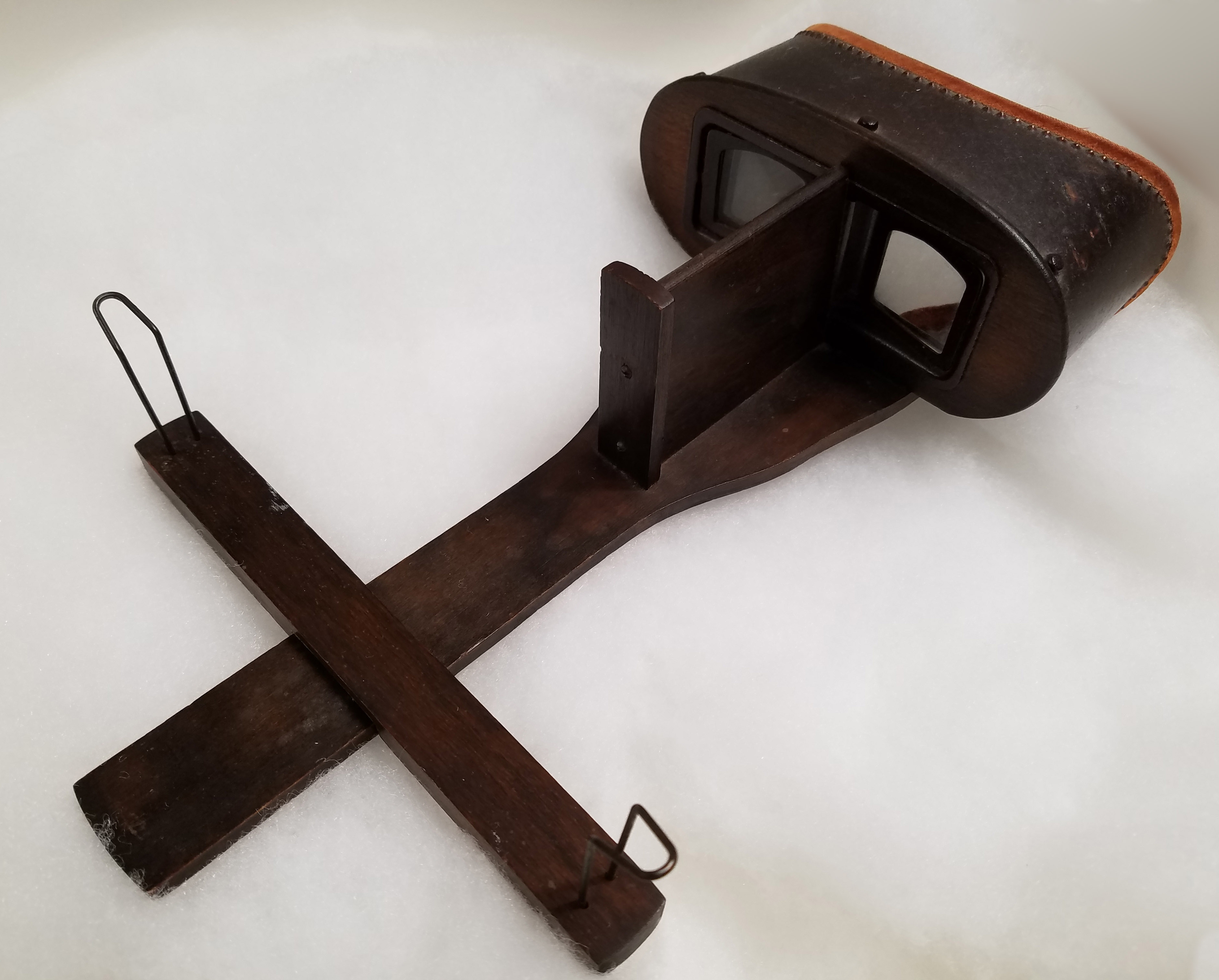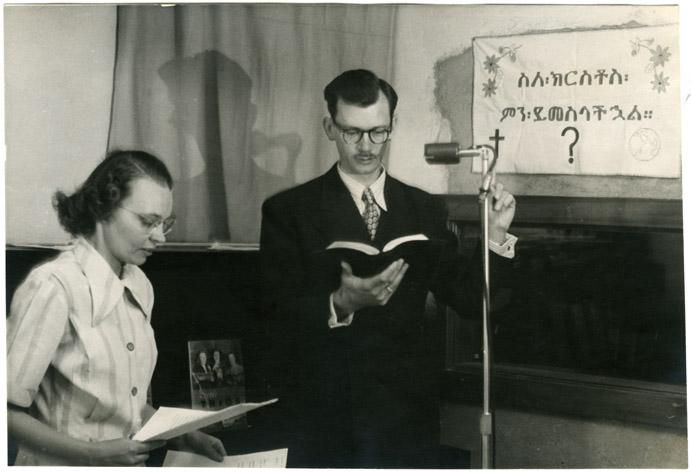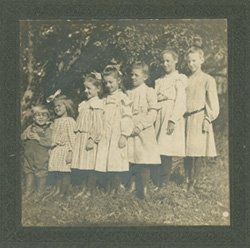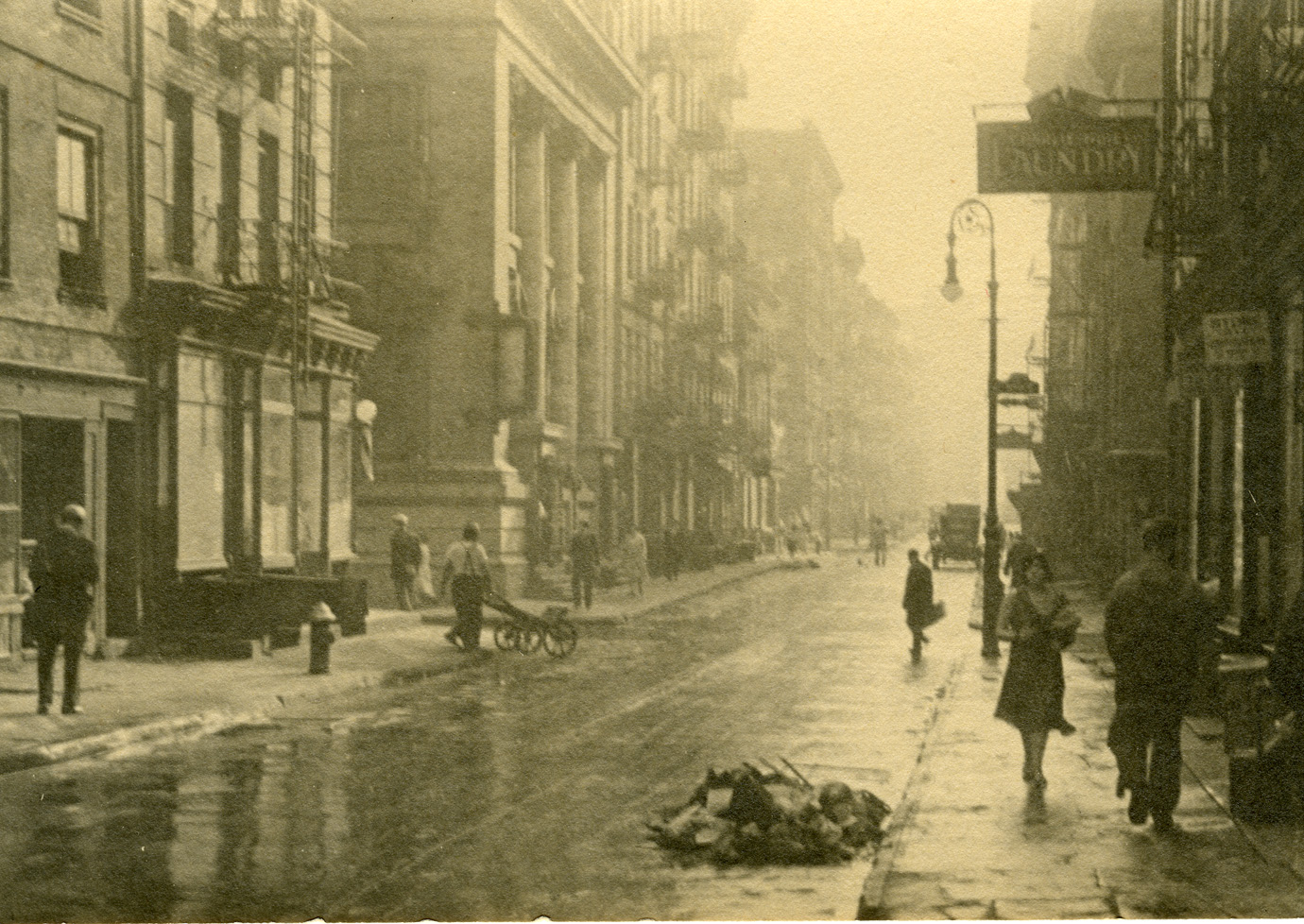Richard Jones Papers
Over the course of his esteemed dance career, Richard Jones performed with Eleo Pomare Company, the Miguel Godreau Dance Company, and the Xochipillian Dance Group. Jones was appointed to the staff of the University of Massachusetts on September 1, 1973, and remained with the department until his death in 1991. While at the University, Jones was the founding artistic director of the Amdans Theater, and was the artistic director of the University Dancers from 1979 to 1991.
The Jones Papers are a collection of photographs and reviews of Jones’s choreography during the 1970s and 1980s. A copy of Jones’s original essay, “Costuming for Three Styles of Dance,” (circa 1975) appears in the collection, as do photographs, playbills, posters, Amdans Theatre and University Dancers reviews. The Papers also contain letters to Jones from the Boston Ballet and the American College Dance Festival, as well as reviews of Jones’s choreography for professional companies outside the University.


